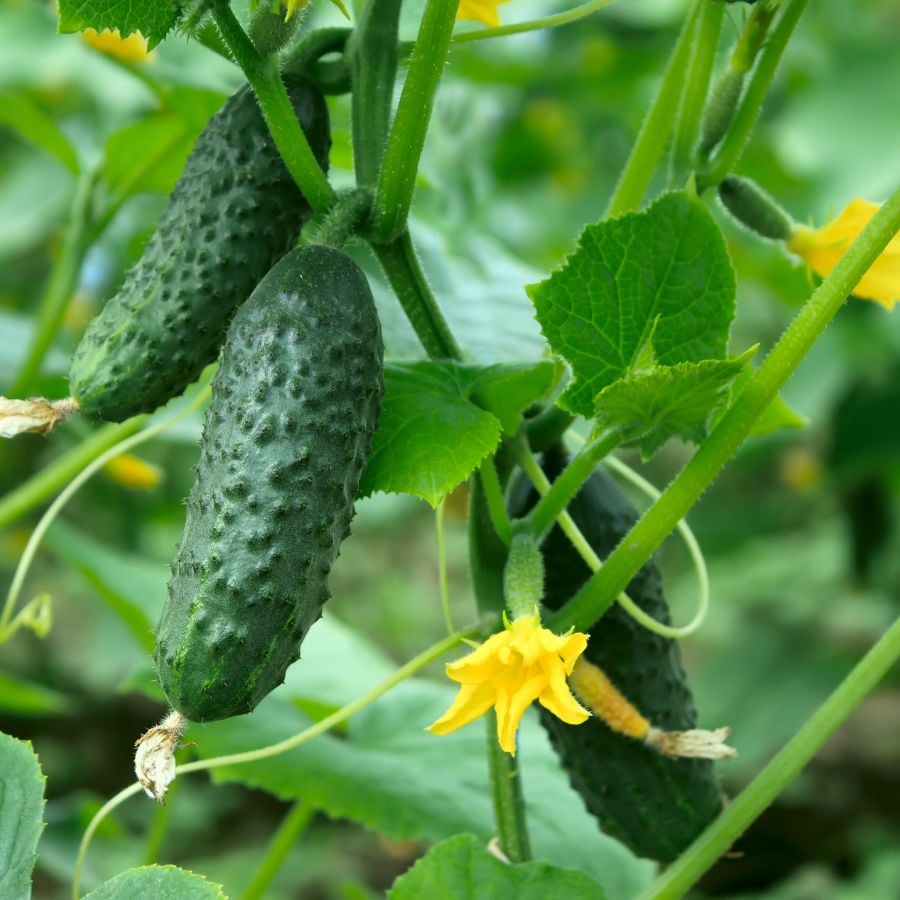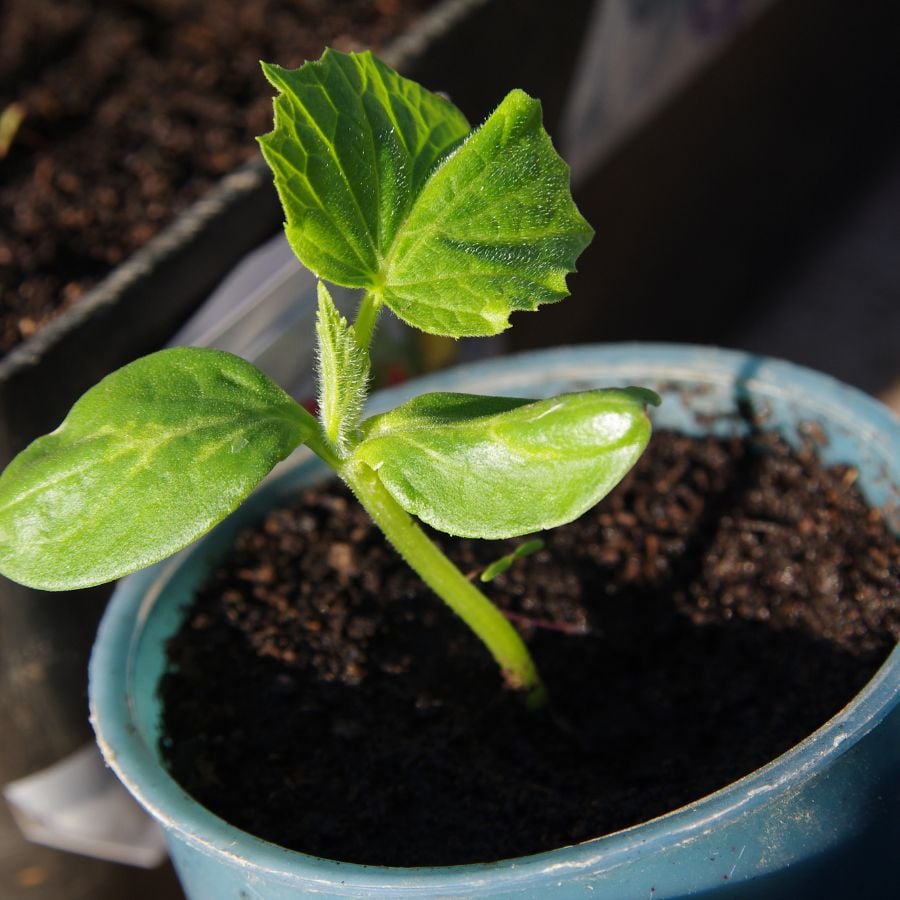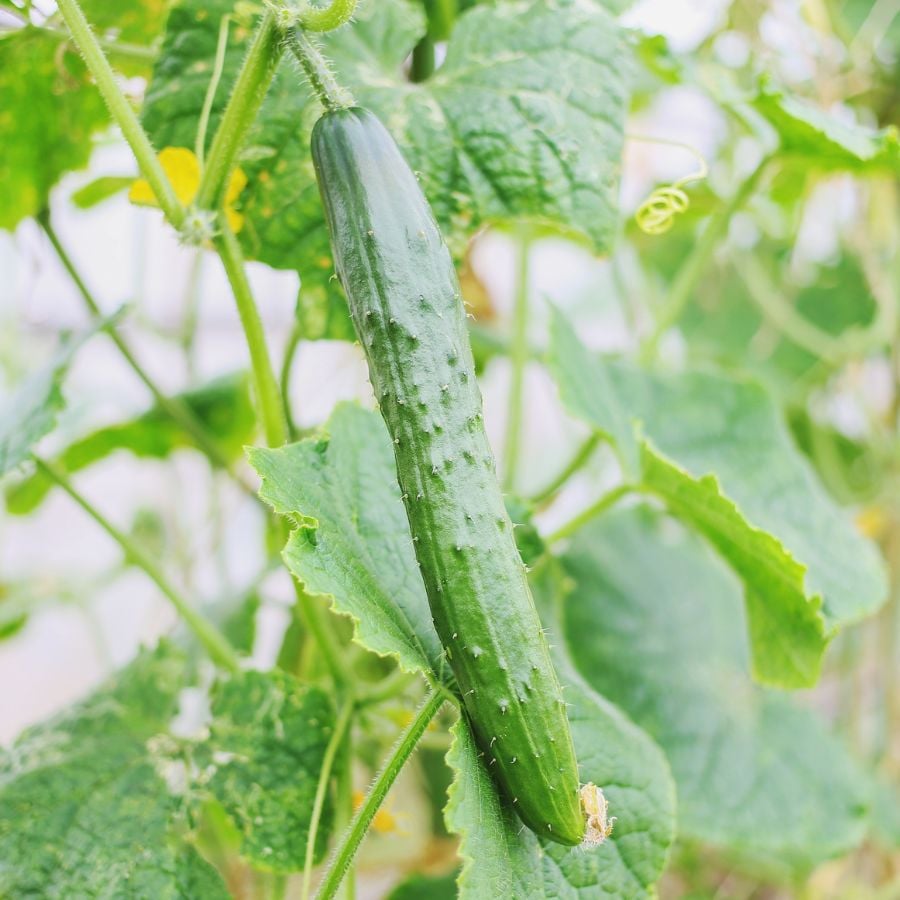Craving crisp, farm-fresh baby cucumbers but stuck with a tiny balcony or patio?
I was shocked to discover that these delicious little veggies actually thrive in containers; sometimes even better than in traditional gardens!
(And did you know container-grown cucumbers can produce up to 15 fruits per plant in just one season? That’s salad heaven right there.)
Why Your Windowsill is Secretly Begging for Baby Cucumbers
Baby cucumbers are the perfect matchmakers for container gardening, like tiny green tenants who pay rent in delicious harvests.
Their compact size means they don’t require mansion-sized planters, making them ideal for urban gardeners and space savers alike.

The secret most plant experts won’t tell you is that baby cucumbers grown in containers often suffer from fewer soil-borne diseases than their garden-planted cousins.
Container growing creates a controlled environment where you’re in control of everything, from soil quality to sun exposure.
Plus, there’s something ridiculously satisfying about plucking a perfect little cucumber from a pot right outside your kitchen door. No muddy garden trek required!
Container Magic: Setting Your Cukes Up for Spectacular Success
Your cucumber’s future home is as important as a high-rise penthouse—location and features matter! Here’s what your mini-cukes are desperately hoping you’ll provide:
- Go big or go home: Choose a container at least 12 inches deep with excellent drainage holes. Think of it as giving your cucumbers room to stretch their legs underground.
- Sun worshippers only: Position your container so that it receives a minimum of six hours of direct sunlight daily. These plants are basically sun-bathing enthusiasts.
- Drainage is non-negotiable: Without proper drainage, your cucumber roots will essentially be sitting in a bathtub, and nobody wants soggy feet for long.
Forget what you’ve heard about needing fancy containers. While specialized vegetable planters work beautifully, I’ve seen thriving cucumber plants in repurposed buckets, old storage bins, and even large reusable shopping bags (with added drainage holes, of course)!
Soil Secrets That Transform Ordinary Containers into Cucumber Paradise
The difference between amateur and pro plant parents is simply knowing that soil isn’t just dirt. It’s the foundation of cucumber greatness. Your container cukes need:
- High-quality vegetable potting mix (not garden soil, which compacts like concrete in containers)
- A handful of compost mixed in for slow-release nutrition (like a time-release vitamin for your plants)
- Loose, well-draining texture that holds moisture without becoming waterlogged

The game-changer for your container cucumbers isn’t what you think it is. It’s adding a handful of perlite or vermiculite to your soil mix. This creates tiny air pockets that help roots breathe and expand easily, much like adding the perfect amount of air to bread dough.
Variety Selection: Not All Baby Cucumbers Were Created Equal
When it comes to container-friendly baby cucumber varieties, some are superstars while others are just… meh. Look for these container champions:
- Spacemaster: Compact vines (only 36″ long!) with full-sized flavor
- Bush Crop: Bushy rather than vining, perfect for tight spaces
- Salad Bush: Award-winning compact plants with 8″ fruits
- Patio Snacker: Lives up to its name, ideal for balconies
Most people make this mistake with their cucumber selection: choosing regular vining varieties that quickly turn into the Kudzu of your container garden, sprawling everywhere! Stick with bush or compact varieties for container success.
From Seed to Spectacular Harvest: The Grow Guide
Your baby cucumber journey breaks down into these simple steps:
- Plant seeds directly: Place 2-3 seeds about 1″ deep, then thin to the strongest seedling once they sprout
- Provide climbing support: Even compact varieties appreciate a small trellis or cage
- Water consistently: Keep soil moist but never soggy (cucumbers are 95% water, after all!)
- Feed every two weeks: Use a balanced liquid fertilizer to fuel your cucumber factory
- Harvest often: Pick baby cucumbers when they reach 3-5″ long for the most vibrant flavor
Your cucumber plants are trying to tell you something important when their leaves yellow, usually that they’re either thirsty or hungry. A quick moisture check and feeding usually revives them to lush green health within days.
Outwitting the Cucumber Enemies
Container cucumbers may face fewer pest problems than garden-grown ones, but they’re not immune to trouble. Stay vigilant for:
- Aphids: These tiny green vampires suck plant juices; blast them off with water or use insecticidal soap
- Powdery mildew: This white coating spreads rapidly; improve air circulation, and try a baking soda spray (1 tbsp per gallon of water)
- Cucumber beetles: Striped saboteurs that can destroy plants; hand-pick or use floating row covers
A breakthrough trick I’ve discovered: planting a few marigolds in the same container can naturally repel many cucumber pests while adding a splash of color to your grow space!
The Secret to Never-Ending Harvests
The more you pick, the more your plants produce. It’s like a botanical magic trick! Harvest your baby cucumbers when they reach 3-5 inches in length for the perfect snappy texture and sweet flavor.

I was shocked to discover that leaving even one cucumber to grow too large signals to the plant that its reproductive mission is complete, drastically slowing future production. Harvest religiously every 1-2 days during peak season to maintain the cucumber factory’s full capacity.
Your homegrown baby cucumbers will store in the refrigerator for up to a week, but let’s be honest. They rarely last that long before being devoured!




